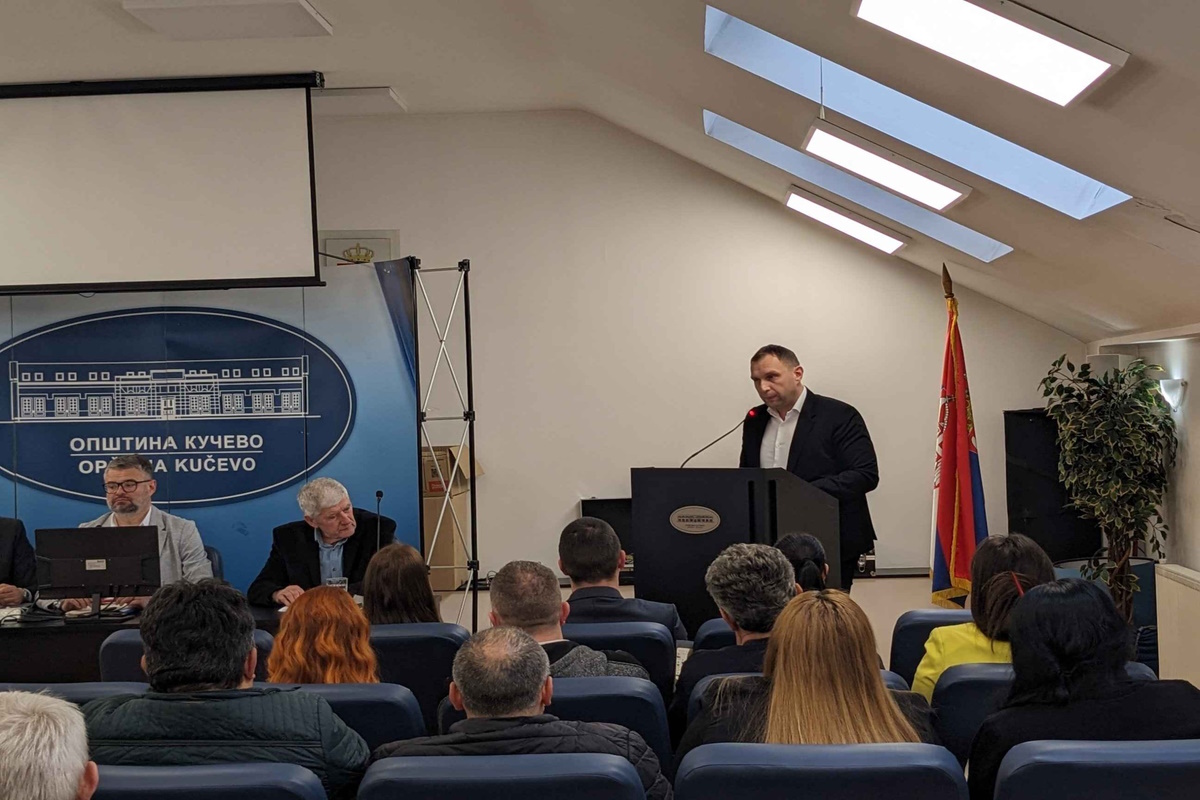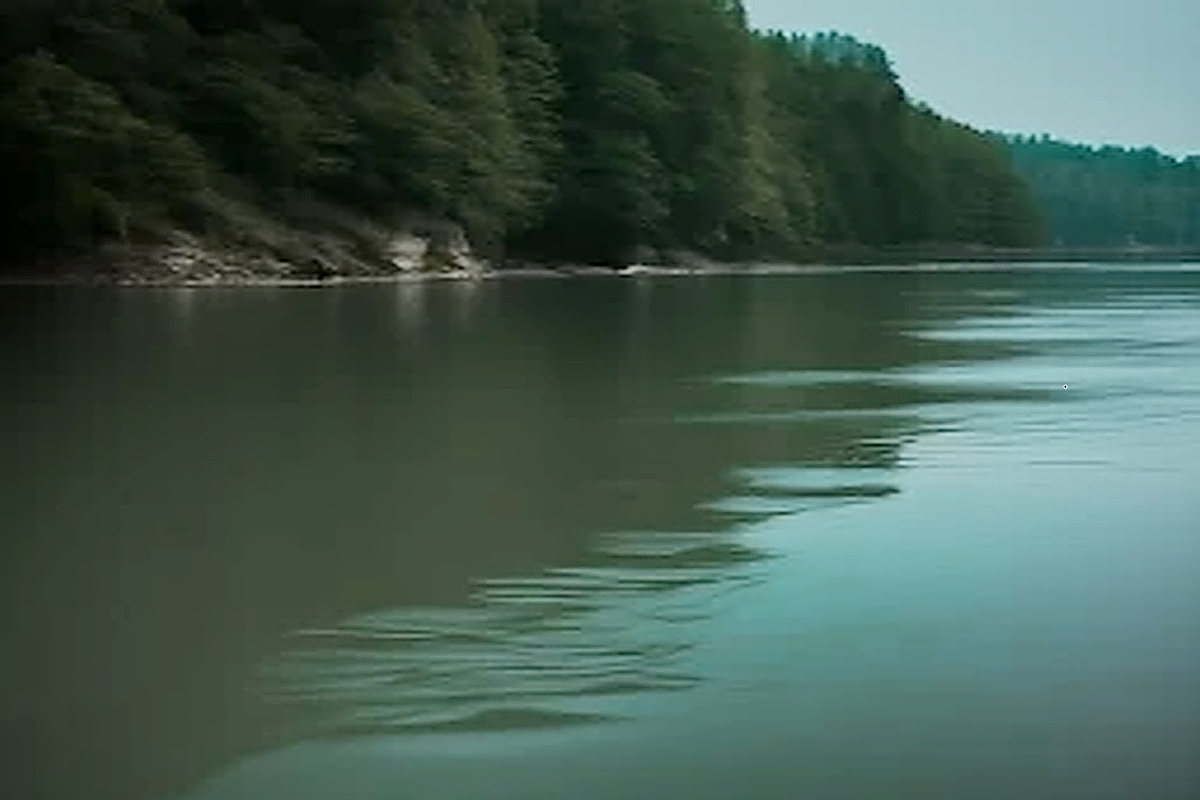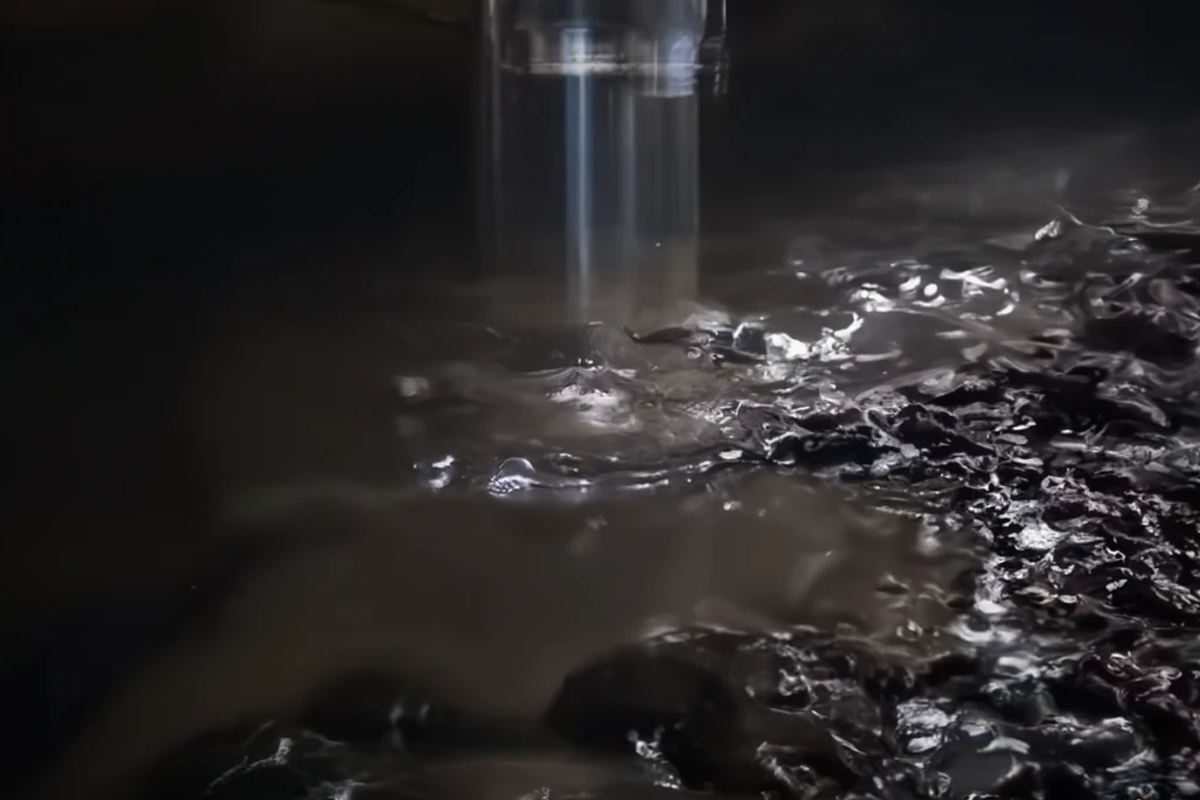As part of the “Clean Serbia” project, the construction of the first wastewater treatment plant has begun in the municipality of Svrljig. These works are carried out by the company “Millennium Team”, and upon their completion, one of the most important ecological and urban problems will be solved and the river Svrljiški Timok will be preserved, as well as the environment in that area.
The facility will purify wastewater from the territory of the entire municipality of Svrljig, and the capacity of the facility is equivalent to 7,000 inhabitants. Wastewater treatment will be carried out according to the latest European standards, after which completely clean water will be released into the river Svrljiški Timok.
The facility will be SBR Technologies and within it will be found 2 SBR Reactors, an equalization pool, a tank for excess sludge, an administrative building, a technical facility, access roads and other facilities that will make up the entire facility. It is expected that the works will be completed by the end of this year.
It should not be forgotten that in Serbia, less than 60% of the population is connected to the sewage network, while less than 10% of waste water is treated at plants. The solutions to the mentioned two problems are the main goals of the “Clean Serbia” project.







